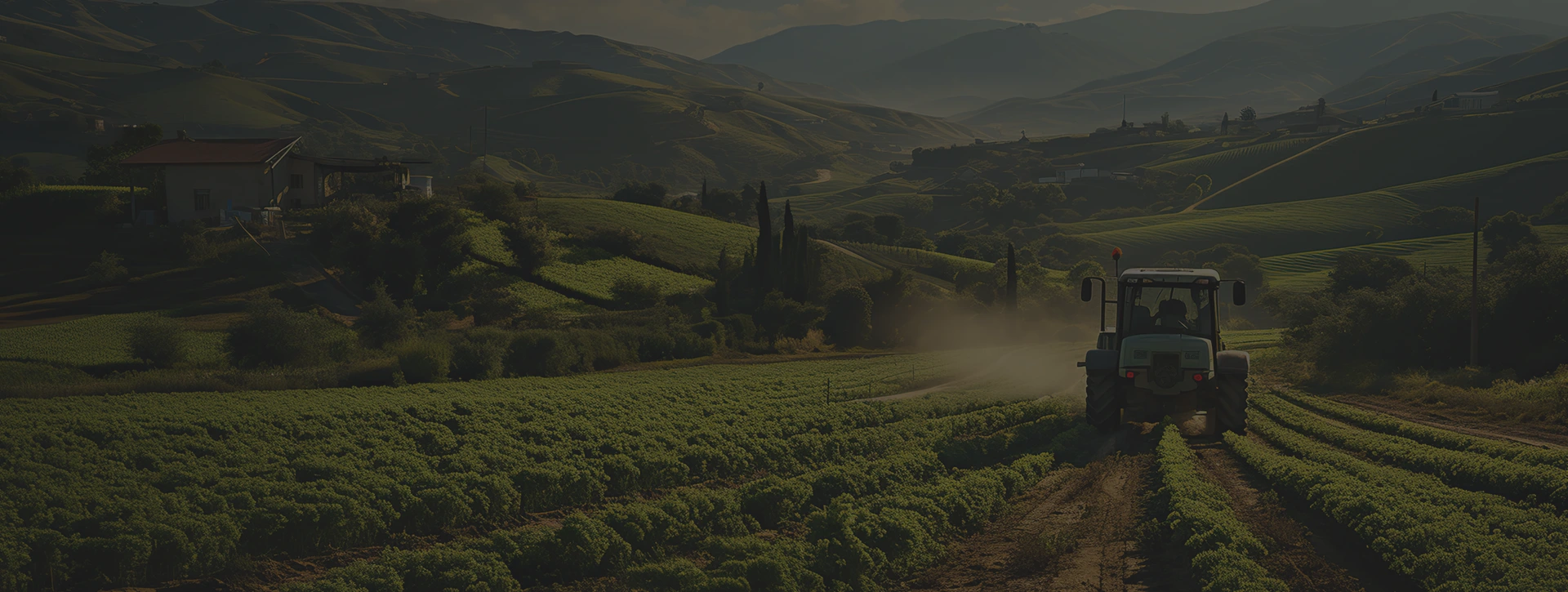
The many facets of farm life
Discover a complete universe that values nature, tradition and agricultural innovation.
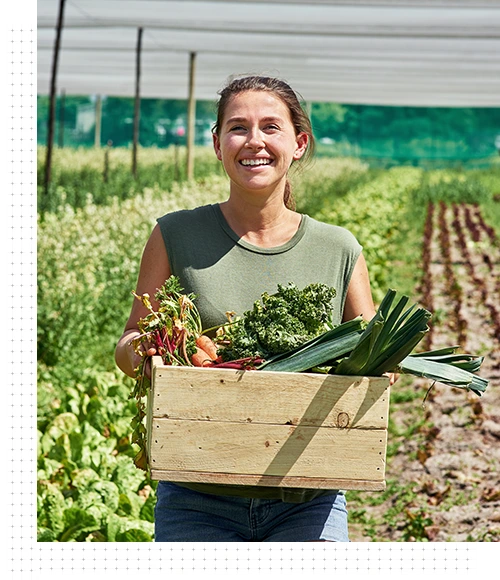
The key to daily life on the farm

Life on the farm is dictated by the seasons, with each time of year bringing its own set of specific tasks. Spring is dominated by sowing and field preparation, while summer is devoted to crop monitoring and irrigation management. Fall is harvest time, and the quieter winter is dedicated to equipment maintenance and animal care. This natural cycle profoundly influences the organization and daily lives of farmers.

Between respect for nature and product quality

Organic agriculture is based on sustainable farming practices that prioritize respect for natural balances and the preservation of soil, water, and biodiversity.
By avoiding synthetic chemicals, it favors natural methods such as crop rotation, composting, and the use of organic fertilizers. This production method also aims to ensure higher food quality, often perceived as more nutritious and free of harmful residues. By relying on rigorous certifications, organic agriculture offers consumers greater transparency and trust, while supporting more sustainable and environmentally friendly agricultural systems.
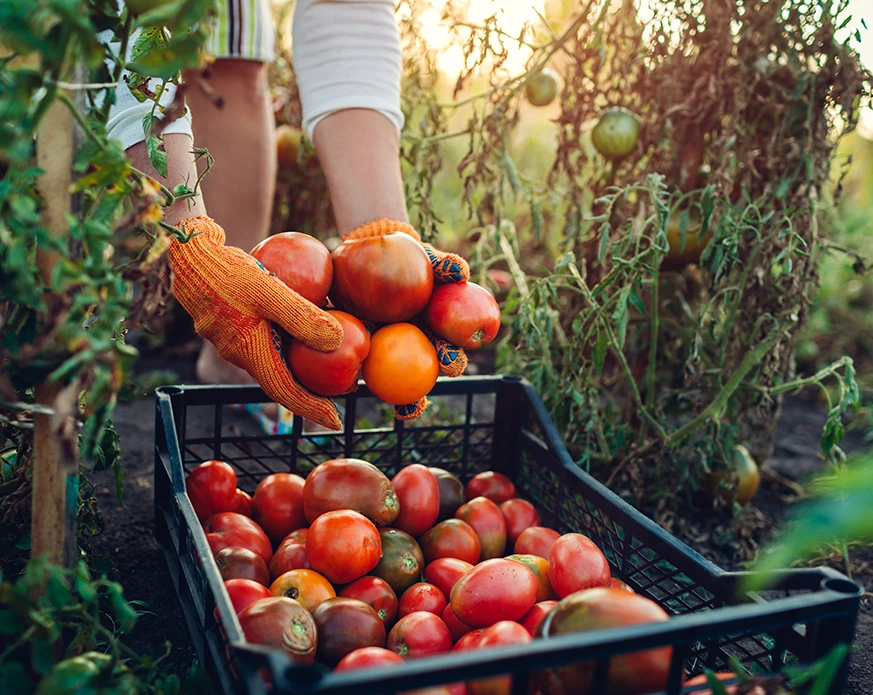
The Farm’s Riches
Healthy and authentic products

Vegetables
Grown in open fields or greenhouses, the farm’s vegetables offer freshness, flavor, and diversity.
Fruits
Harvested at their peak, farm fruits combine authentic flavor and vitamin content, for a healthy and natural consumption.
Cereals
Wheat, corn, or oats, grains from the farm are the basis of many artisanal and food preparations, providing nourishment.
Animal products
Eggs, milk, meat, or cheese: farm-raised products guarantee nutritional quality and traditional know-how.
The keys to responsible and sustainable livestock farming

Animal farming occupies a central place in agriculture, combining traditional know-how with contemporary requirements. Practices have evolved significantly to meet expectations in terms of animal welfare, product quality, and respect for the environment. Whether extensive or intensive, each type of farming requires rigorous management of the animals’ feed, health, and living conditions, often supported by modern equipment such as the mixer feeder bucket. Faced with ecological and societal challenges, farmers are adapting by adopting more sustainable methods, promoting short supply chains, and improving traceability.
Planning for better production
Crop and resource planning

The success of a farm depends largely on rigorous planning. This includes choosing crops based on the soil, climate, and market, as well as strategically managing resources such as water, seeds, fertilizers, and equipment. Proper planning allows for the distribution of tasks over time, optimizing yields, and limiting costly unforeseen events.
The integration of modern technologies is profoundly transforming the agricultural sector, offering innovative solutions to improve productivity while reducing environmental impact. Tools such as drones, connected sensors, robots, and equipment like the bale unroller or the silage defacer enable precise monitoring of crops and soils, facilitating targeted resource management. This precision agriculture optimizes the use of water, fertilizers, and plant protection treatments, while reducing manual labor and costs.
Immersive experiences and participatory activities


Guided tours and educational discovery
Visitors discover the farm in the company of a guide who explains farming practices, breeding and cultivation, and raises awareness of the rural environment.
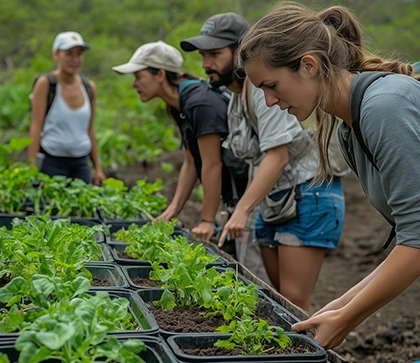
Hands-on and participatory workshops
Tourists can participate in activities such as fruit picking, cheese making, animal feeding, and organic gardening workshops.
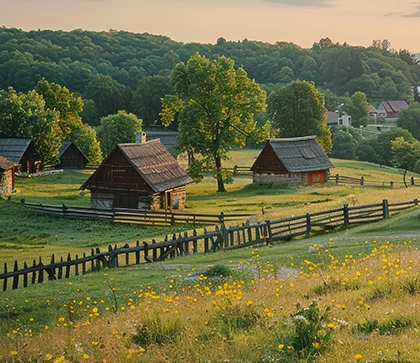
Farm
accommodation
Farms often offer bed and breakfasts, lodges, or farm campsites, allowing visitors to enjoy an authentic and immersive experience in the heart of rural life.